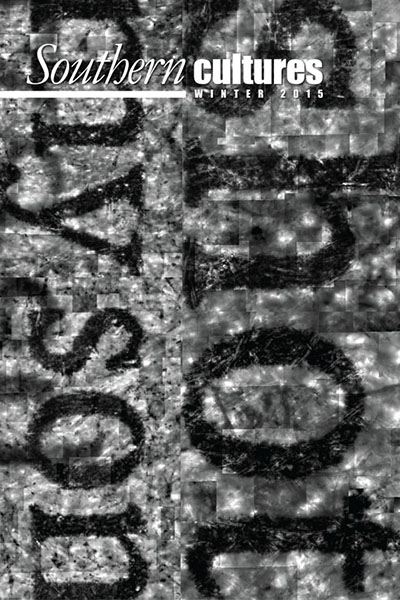“For American sectionalism was forged by the design of God, the North made into a ‘region of frost, ribbed with ice and granite,’ the South basking in the ‘generous bosom’ of the sun.”
There was only “the North and the South,” William L. Yancey declared in 1855. Nullifying all geographical complexities and political nuances, the Alabama radical proclaimed that the single divide superseded “all minor subdivisions.” For American sectionalism was forged by the design of God, the North made into a “region of frost, ribbed with ice and granite,” the South basking in the “generous bosom” of the sun. In Yancey’s mind, it inevitably followed that the regions’ inhabitants should display characteristics reflective of their settings—the northern Yankees being a “cool, calculating, enterprising, selfish, and grasping” people, while southerners were “ardent, brave and magnanimous, more disposed to give than to accumulate.” One year later, a Georgia newspaper editor rehashed Yancey’s dichotomy in even harsher tones, dismissing northern society as a mere conglomerate of “greasy mechanics, filthy operatives, small-fisted farmers, and moon-struck theorists.” Such seemed the crystallizing stereotypes of the Yankee North in southern eyes by the 1850s. As one Georgian stated in 1854, they were a cold, calculating, and fanatical people, their region useful only for the importation of ice to cool southern drinks, with ice serving as a “fit emblem” for northern “hearts and manners.”


